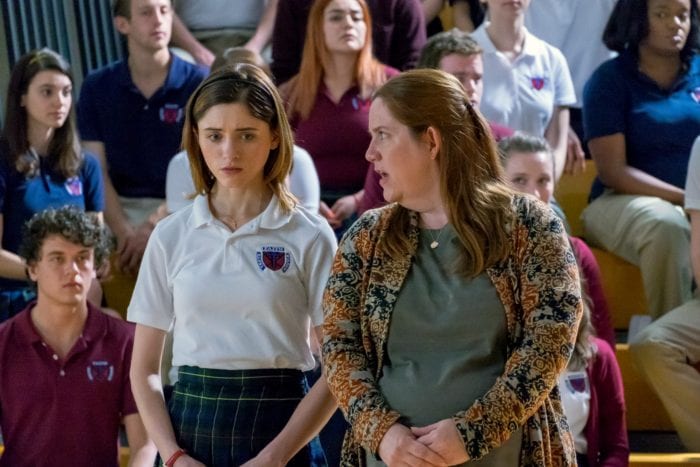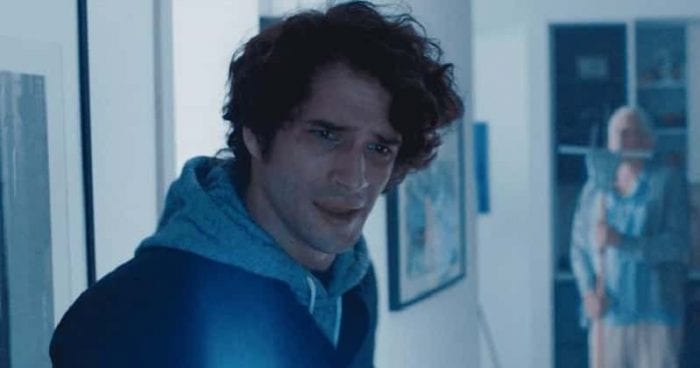Reviewed by Jeffrey Sanzel
In 2016, J.D. Vance published Hillbilly Elegy: A Memoir of a Family and Culture in Crisis. In it Vance examined his family’s Appalachian roots and values and how they affected their lives in Middletown, Ohio. He highlighted the contrast of loyalty and love of country with a history of violence and abuse. The book was an immediate but controversial bestseller.
So overwhelming was the response to his view on what were perceived as myths about poverty, the book Appalachian Reckoning: A Region Responds to Hillbilly Elegy was brought out in 2019. This collection of essays criticizes Vance’s opinions and generalizations. Over the years, Vance has become a vocal social conservative.

Netflix now offers a film adaptation that basically eschews the more direct political elements of the autobiography and instead focuses on his struggle both as a teenager and a student at Yale. With an engaging if narrow screenplay by Vanessa Taylor and focused direction by Ron Howard, they have chosen to tell a personal story that will still raise many of the questions and complaints resulting from the book.
The film alternates between 1997 and 2011, with the teenage Vance struggling with his home situation and the older Vance working three jobs while attending Yale and attempting to land a summer internship with a law firm in Washington. What ensues over the next two hours is the unwinding of his childhood history along with his present struggles as Vance returns home to once again deal with his volatile mother. In some ways, the film is a blending of the traditional coming-of-age story with the well-trodden dysfunctional family saga.
The film’s strength lies in its performances. Gabriel Basso plays the older Vance with a mix of stoicism and vexation as he tries to navigate his familial responsibility while trying to go advanced his life and career. He believably conveys the battle between past and future. Owen Asztalos, as the younger Vance, is the right mix of hope and disappointment. Both actors appear to be playing the same person which does not always happen in film.
Haley Bennett, as Vance’s sister, shows her love and commitment that is overwhelmed by a sense of weariness. Freida Pinto is fine with the rather unexplored and undeveloped Usha, Vance’s Yale girlfriend (and later wife).
But the film belongs to two compelling performances. Amy Adams is raw and fearless as Vance’s drug-addicted, mercurial mother, a nurse with both substance abuse and mental issues. She alternates between expressions of unconditional love and brutal physical and emotional attacks. It is unlike anything Adams has done prior, with truly visceral pain and rage. (If it all seems a bit too much, that responsibility should be attributed to Taylor and Howard.)
Glenn Close is a gifted actor with technical skills rivaled by very few (Meryl Streep, being one of them). Her performances are usually complete but sometimes there is a sense of the mechanics behind them. In this case, she has completely subsumed herself in the role of Vance’s grandmother. She is unrecognizable as the calculating matriarch with an ugly history (that is only alluded to once) and a presence focused on her grandson’s survival and growth, most importantly through education. In this cold and disconnected woman, Close has found a strange warmth. In stillness and action, when she is on screen, the film is hers.
Many will take exception to Vance’s —and hence the film’s — point-of-view and its simplistic and dubious portrayal of the causes and results of poverty. This is a valid and legitimate concern. However, Hillbilly Elegy is worth watching for the performances of two great American actors.
Rated R, Hillbilly Elegy is currently streaming on Netflix.

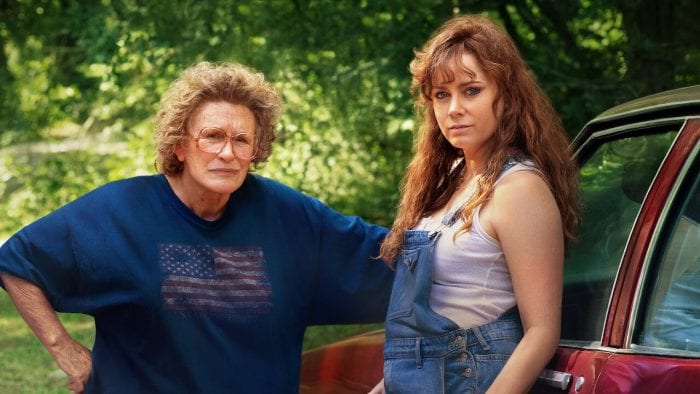


 Throughout high school, Dan had used the table in the bookshop as his writing headquarters. Dan and Jane had been best friends since fifth grade and, while they had never been a couple, their relationship had an emotional intimacy. While Dan was getting ready for law school, Jane indicated that she wanted more. Spooked, Dan disconnected from Jane and the entire Angel Harbor community. Even when Jane’s father passed away, Dan maintained both distance and silence.
Throughout high school, Dan had used the table in the bookshop as his writing headquarters. Dan and Jane had been best friends since fifth grade and, while they had never been a couple, their relationship had an emotional intimacy. While Dan was getting ready for law school, Jane indicated that she wanted more. Spooked, Dan disconnected from Jane and the entire Angel Harbor community. Even when Jane’s father passed away, Dan maintained both distance and silence.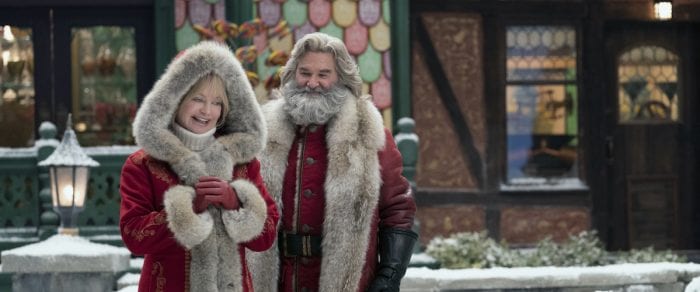
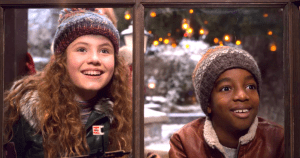
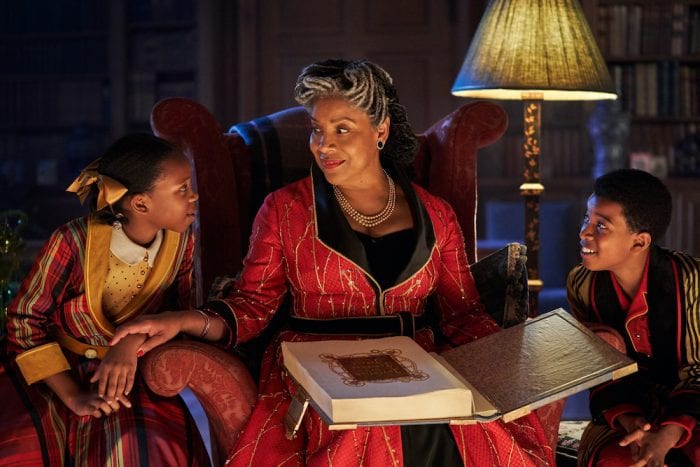

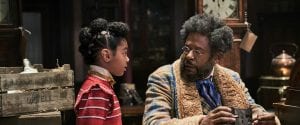

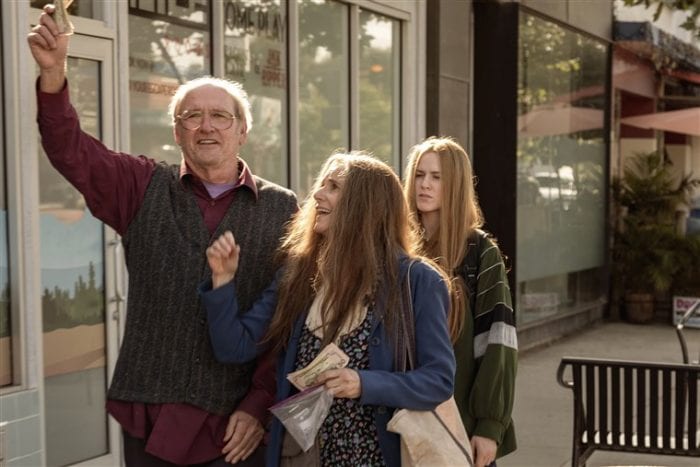




 The murals, along with archaeological studies, have helped piece together the evolution of the changing lives on Long Island. Tyler presents how and when the facts were discovered. The murals progress through time, highlighting farming and millwork, the blacksmith and the shipwright. There is the cutting of ice and the mercantile and the purchase of land. The last is appropriately followed by an explanation that the Setalcotts did not share the same view of land ownership proffered by the English settlers.
The murals, along with archaeological studies, have helped piece together the evolution of the changing lives on Long Island. Tyler presents how and when the facts were discovered. The murals progress through time, highlighting farming and millwork, the blacksmith and the shipwright. There is the cutting of ice and the mercantile and the purchase of land. The last is appropriately followed by an explanation that the Setalcotts did not share the same view of land ownership proffered by the English settlers. Tyler uses both primary and secondary sources to enrich his telling of the story, shedding light on the challenges and sacrifices, the humanity and the intrigue. It is appropriately thorough but equally succinct.
Tyler uses both primary and secondary sources to enrich his telling of the story, shedding light on the challenges and sacrifices, the humanity and the intrigue. It is appropriately thorough but equally succinct.



 I
I
 Her “good ingredients” list suggests items that are ideal for the recipes as well as brands to which she has an affinity. “I started calling for specific ingredients because they do make a difference … They don’t have to be expensive but they have to be chosen thoughtfully …”
Her “good ingredients” list suggests items that are ideal for the recipes as well as brands to which she has an affinity. “I started calling for specific ingredients because they do make a difference … They don’t have to be expensive but they have to be chosen thoughtfully …”
